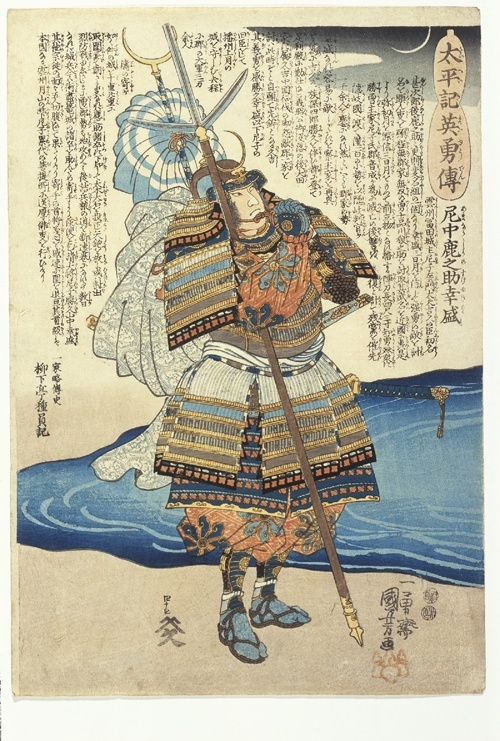Like this post? Help us by sharing it!
When you come to Japan, you’re bound to come across references to samurai, who performed a key role in Japanese society from the late Heian Period (let’s say the 1100s) until 1873 – when Imperial Japan formally abolished them.
That said, families with proud samurai lineage continued to influence politics and high society well into… well, I can’t lie. Families with high samurai pedigree wield great power even to this day.

Misconception #1: Japan always had samurai
Samurai developed from sons of imperial court families who didn’t inherit the family headship. The term implied service to a lord, originally in Kyoto, and from here the notion of obligatory service to one’s superior was born.
They were sent out to the countryside as military strongmen to ensure that peasants worked the land, and maintained militias to protect their turf from neighbouring strongmen. The romanticised version you see in movies would generally have lived sometime between the 1500s and 1860s – the former being warriors, the latter being bureaucrats.
Misconception #2: They were loyal to the death
This is probably the greatest misconception – even in Japan. In theory, every samurai served under a higher samurai or courtier. Hierarchy was the name of the game. That said, history gives us many accounts of changing loyalty if it worked in the samurai’s favour.
One of the greatest examples is the Battle of Sekigahara in 1600, when samurai defected mid-battle and changed the tide of the war. This victory made a samurai named Tokugawa Ieyasu the de facto leader of Japan, and ushered in roughly 250 years of peace – the Edo Period.
Ironically, in the 1860s, it was the samurai who defected to the imperial court and overthrew the Tokugawa shoguns. So much for loyalty.

Misconception #3: Samurai were only men
While a merchant might call a samurai with two swords and a top knot o-samurai-sama (honorable sir samurai), people normally referred to these families as groups. Bushi (warrior) was the day-to-day term for what we would call samurai. As a class, they were called buke (warrior clans). This is a reminder that by the Edo Period, they weren’t just guys with swords; they were a social class in a society with very little social mobility.
While they probably didn’t use weapons or practise martial arts, the wives and daughters of the samurai were samurai women. That is to say, they were the 5-15% of the social elite. Concubines taken into samurai households were not considered highly, but their sons were important when marrying into other samurai families. Commoner women who married into the families were considered samurai if they could act the part, and their children were full samurai – regardless of gender.
Misconception #4: They were well trained for seppuku
Seppuku, or self-disembowelment, was totally a thing. To save face or protect their family line from poverty, samurai were ordered (or would sometimes volunteer) to commit seppuku.
There were strict rules about how to cut open your own belly properly. However, by the middle of the Edo Period (let’s say the 1700s), the act had become a ritual. A samurai of means owned a white seppuku kimono – just in case – saved in a special drawer at home.
If that awful day should ever arrive, in the late 19th century many used a folding fan in place of a knife and relied on the best swordsman they knew to perform the coup de grace.
A late Edo-period source even gives an example of a little boy not getting his way and threatening to commit seppuku with his wooden sword to demonstrate his desire to die – something mothers all over the world may recognise as overdramatic. Chances are he had no clue how to properly carry out the ritual until he was a young man. Boys will be boys.
We’re lucky enough to have Insider tour leaders who are knowledgeable about… well, just about everything to do with Japan. Whether it’s J-Pop that brings you joy, or you’re excited by ikebana, get in touch with our team of Japanophiles; we’d be delighted to plan your trip.



